Pilea’s many species range from houseplants to ground cover to shrubs
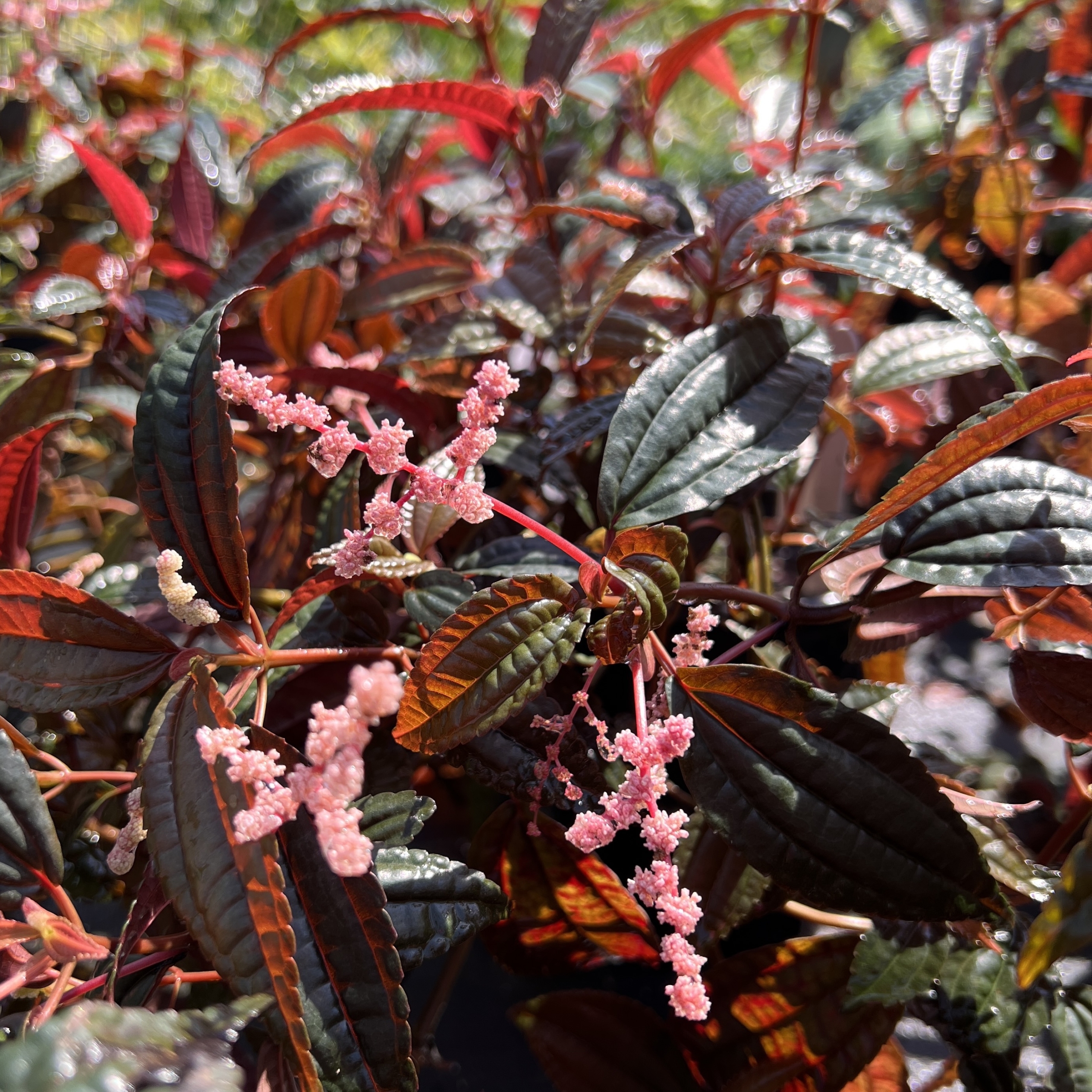
Chances are, one of the weedy plants you pull from your landscape is a Pilea species. Many of them are cherished houseplants, while others make for great ground cover and garden borders. Some get a bit out of hand. Here are a few of interest.
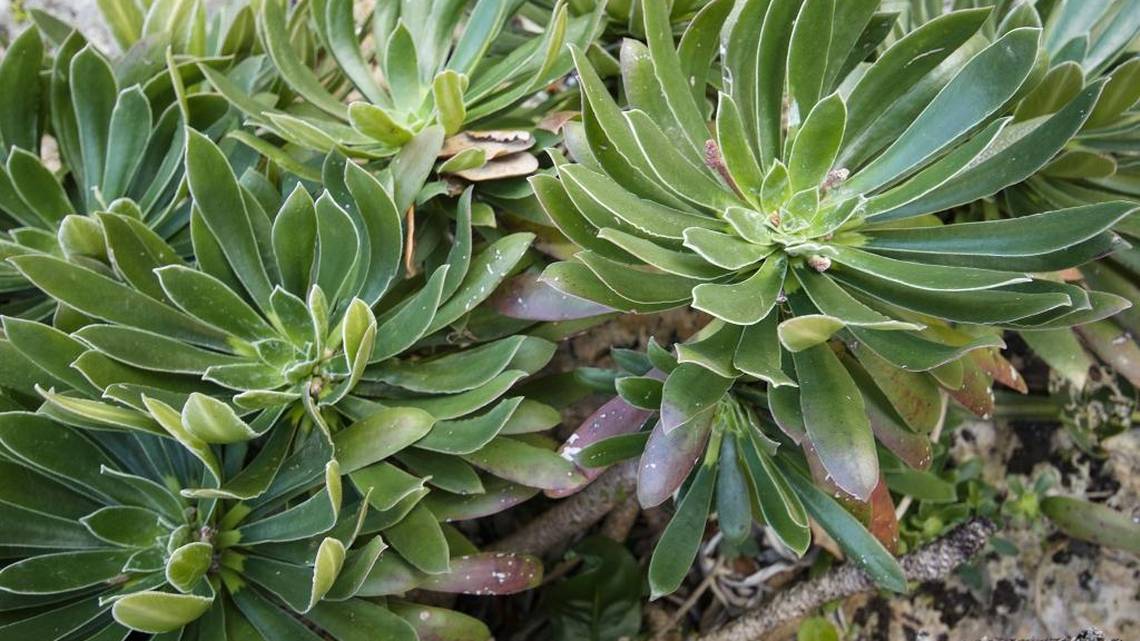
Pilea are in that most irritating family of plants that includes stinging nettle, the Urticaceae. That family is unforgettable when you link it to the verb urticate, as in “the urticating hairs of a tarantula,” once supposedly the main ingredient of itching powder.
Fortunately, Pilea are completely non-irritating.
Unless of course they’ve commandeered your yard. Certain Pilea take over outdoor potted plants; in some cases they make a nice ground cover that complements the pot’s main resident, while other times they overwhelm and smother smaller plants. Such may be the case with succulents like Echeveria. Many of these remain a short, compact rosette of leaves, and certain Pilea can rapidly cover them. But they’re easily plucked out.
One that’s very common in the South is artillery plant, aka artillery fern, though it’s not a fern. It’s Pilea microphylla, and from a distance, its small leaves do create a ferny appearance. Its thick, pale green leaves of about a quarter-inch make a sprawling garden edging or under-tree accent. While it spreads easily, it’s not been a problem in my yard. Too much direct sun will cause it to wither. Otherwise it’s maintenance free. There seems to be disagreement on whether it’s a Florida native.
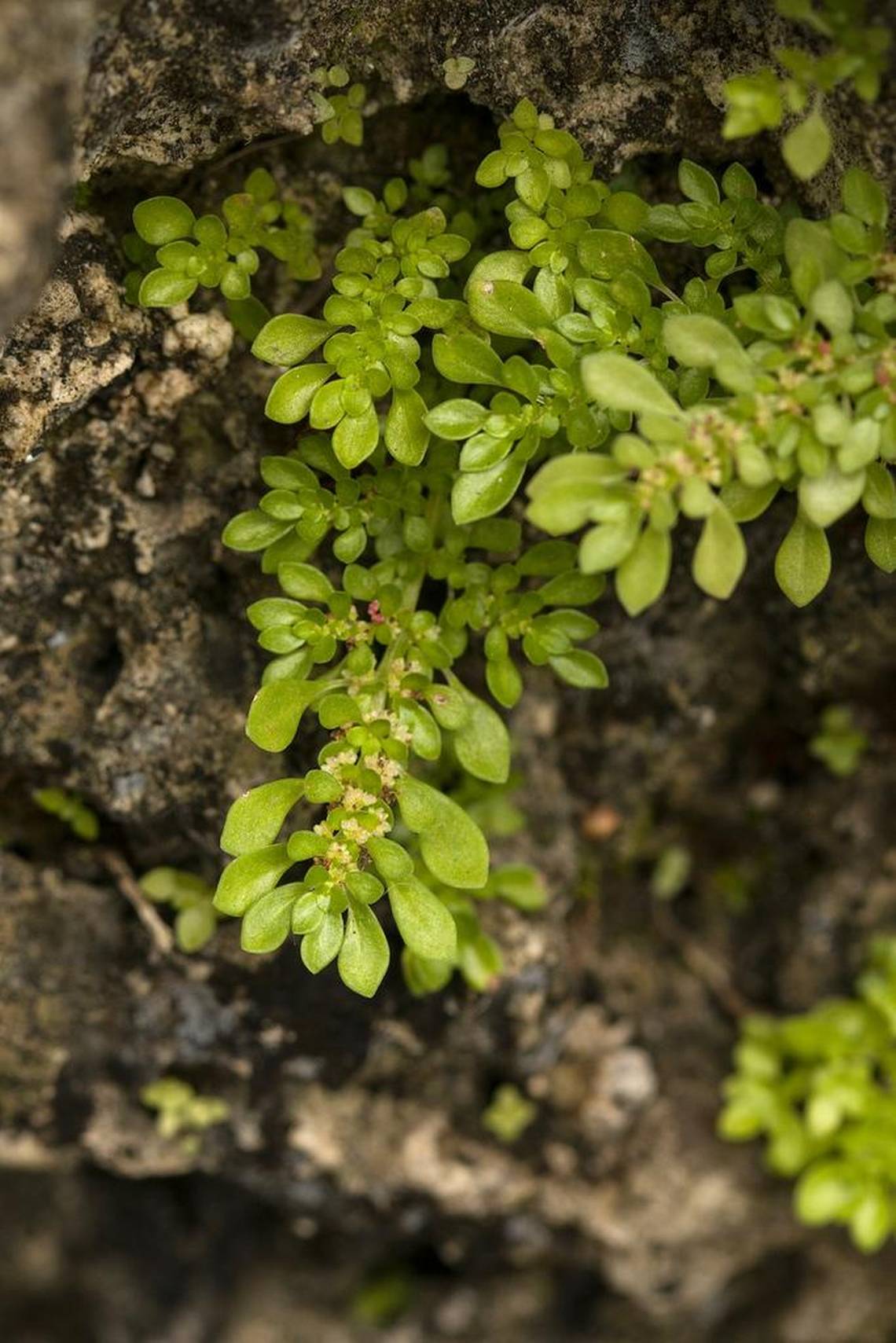
Another common Pilea is called creeping Charlie (P. nummulariifolia). It will creep over bare soil to form a mounded carpet of leaves, each about an inch and much less succulent than artillery plant. It is easily grown outdoors in the subtropics, but likes moisture and protection from the midday sun. It also goes well in a hanging pot.
A very un-Pilea like species is P. fairchildiana. It’s got long, tapered leaves to about 6” and forms a rosette that feels more like a bromeliad. It grows naturally only in the Constanza Mountains of the Dominican Republic, and outside a Fairchild plant sale, is not commonly offered. Indeed before 2012 it was in a completely different genus.
Fairchild researchers and others in fact are responsible for re-categorizing this plant as a Pilea, and chose the epithet to honor David Fairchild. It looks perfect in a rock garden. You can visit ours in Plot 21, the rocky outcropping at the end of the Overlook.
Some are popular houseplants, including P. peperomioides, the money or friendship plant with large, flat, round lily-pad leaves, and the aluminum plant, P. cadierei. The latter is a bit shrubby, and though it still makes a nice shady ground cover, it can grow a foot or so high. Its leaves are splotched in silver. To me, its leaves look like someone rubbed light green paint off to reveal the metallic silver beneath.
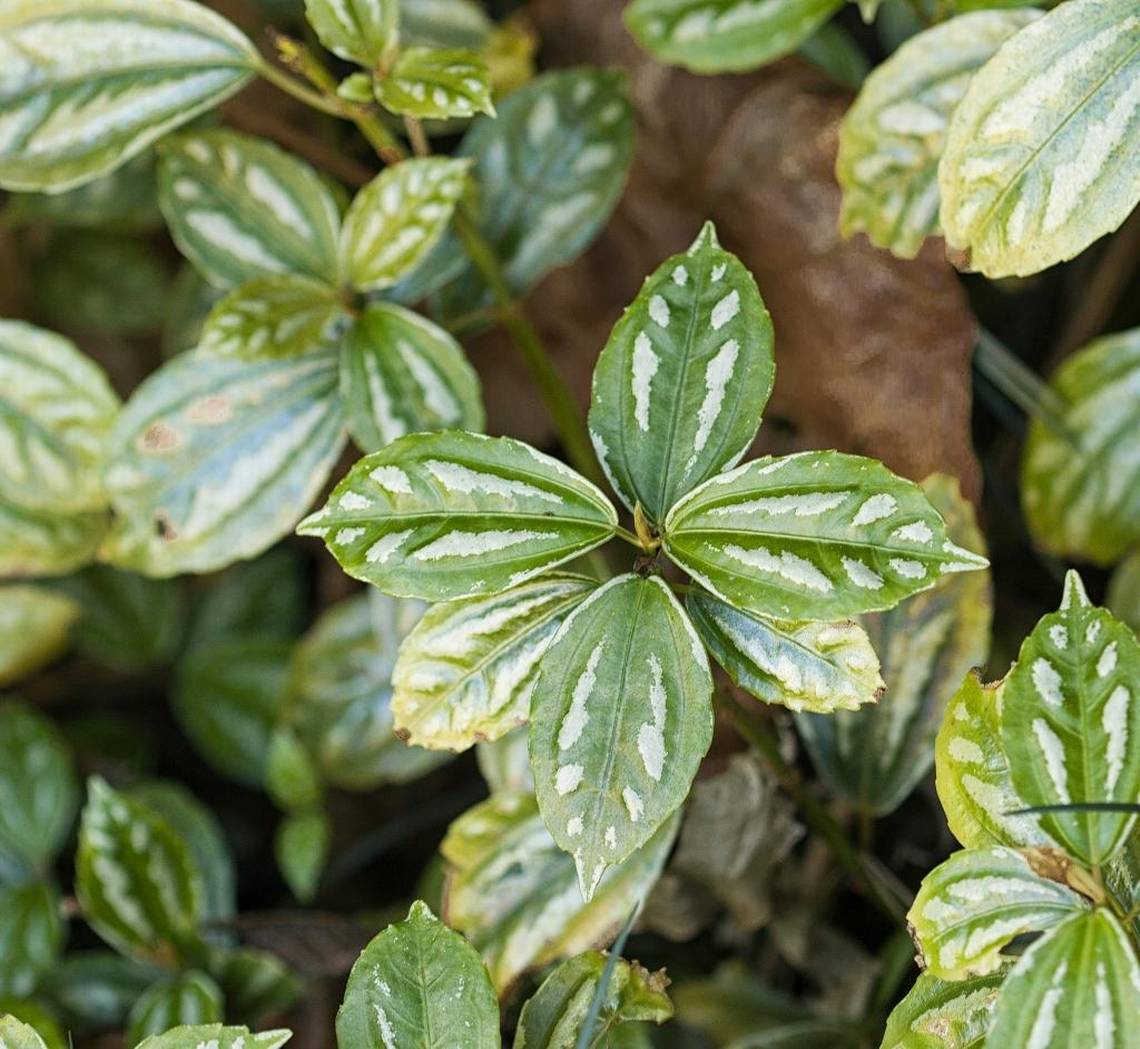
A Jamaican endemic, Pilea grandifolia does certainly have grand foliage, at least compared to other Pilea. These grow to small shrub size at a few feet tall and make fantastic border plantings. They are quite common at Fairchild but have been offered at our plant sales only recently. They do best in bright shade or partial sun, and while grown for the serrate-edged, quilted leaves, the pink flower spikes are pretty. Most Pilea, and in fact many other family members, have in common similar-looking tiny flowers along a clustered spike called a cyme.
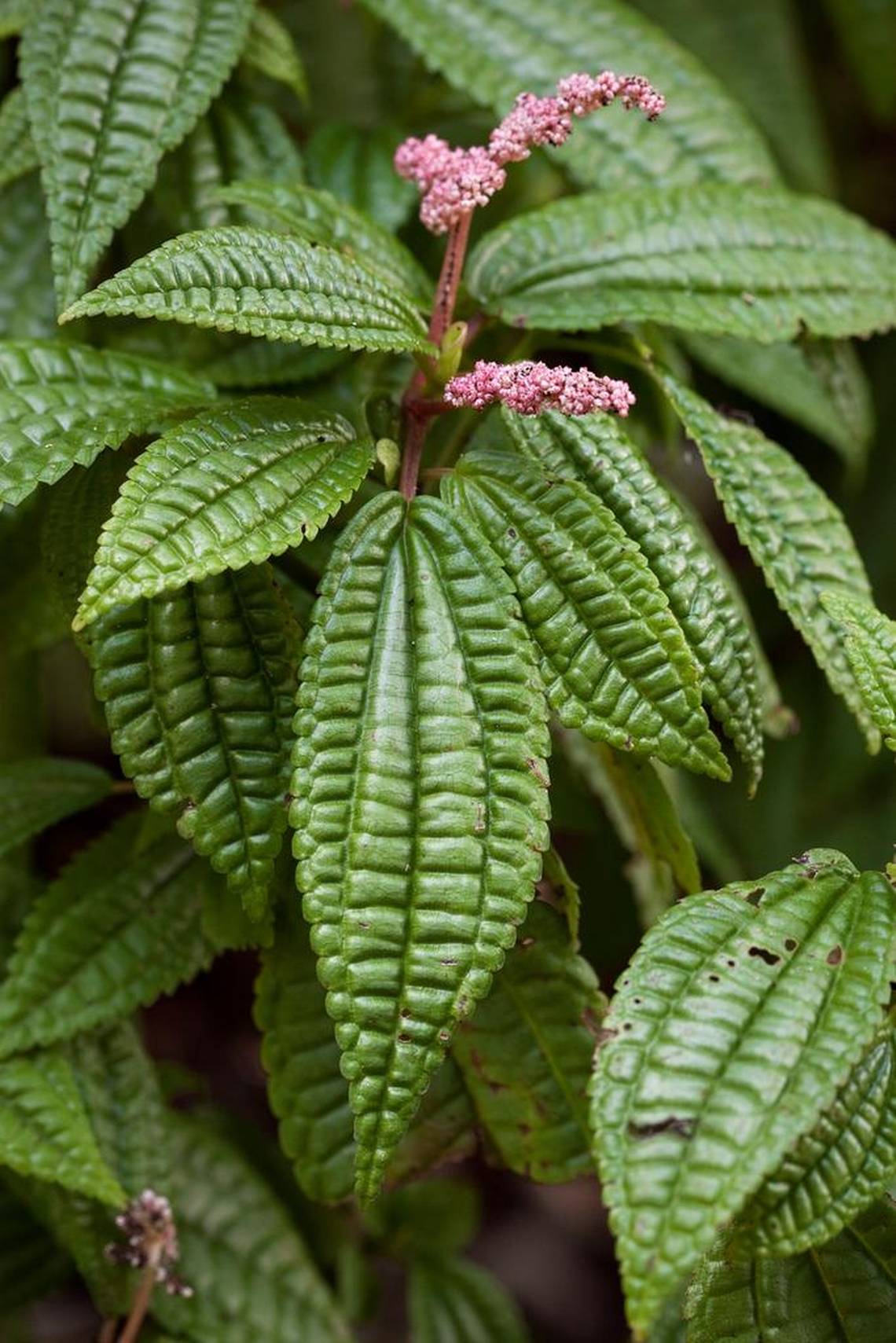
There are so many more Pilea to play with, like P. depressa, aka baby toes with tiny, round, cute leaves, perfect for a terrarium; P. glauca, with paler foliage; there’s even a variegated artillery plant with its tiny leaves spotted in pink and white. Whether for indoors or outside in warmer climates, there’s plenty of Pilea to explore.
This article was written by Kenneth Setzer and was originally published in the Miami Herald on 2/22/18. Minor changes from the print version of this article were introduced to improve readability in a digital format.
